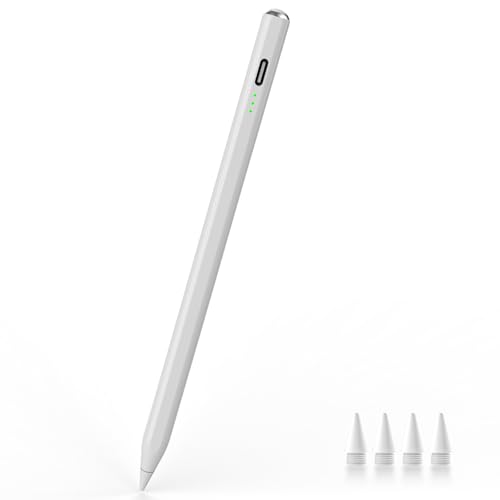Are Stylus Pens Actually Accurate?
Stylus pens have become increasingly popular in recent years, particularly with the rise of touchscreen devices such as smartphones and tablets. Many people use stylus pens for tasks such as drawing, taking notes, and navigating their devices more precisely. But just how accurate are these handy little tools?
Understanding Stylus Technology
Before delving into the accuracy of stylus pens, it’s important to understand how they work. Stylus pens typically use capacitive touch technology, which relies on the conductive properties of the user’s finger or a specialized stylus tip to interact with the device’s touch screen. This technology allows for precise tracking and detection of touch movements.
The Factors Affecting Accuracy
Although stylus pens offer a level of precision that fingers cannot achieve, several factors can affect their accuracy. Firstly, the quality of the stylus itself is crucial. Higher-end stylus pens often have finer tips and more advanced pressure sensitivity technology, which can greatly enhance accuracy.
The condition of the touch screen also plays a role in accuracy. If the screen is dirty, scratched, or damaged, it may hinder the stylus’s ability to make precise movements. Additionally, certain types of screens, such as those with a glossy finish, may cause the stylus to slide or skip, compromising accuracy.
The user’s technique and hand-eye coordination can also impact the accuracy of a stylus pen. Having a steady hand and practicing good stylus control can help minimize errors and improve overall accuracy.
How Accurate Are Stylus Pens?
The accuracy of a stylus pen can vary depending on the factors mentioned above. When used under optimal conditions, the accuracy of a stylus pen can be impressive. Many high-quality styluses claim to offer sub-pixel level accuracy, allowing for precise movements and detailed drawings. However, it’s important to note that even the best stylus pens may not achieve complete pixel-perfect accuracy.
While stylus pens generally provide more accurate control than fingers, they do have limitations. The technology behind stylus pens may not always be able to reproduce the same level of accuracy as a traditional pen or pencil on paper. This is primarily due to the nature of touch screens, which are designed to detect a larger contact area rather than the pinpoint accuracy of a pen on paper.
Use Cases for Stylus Pens
Despite the inherent limitations, stylus pens have proven to be highly useful in a variety of applications. Artists and graphic designers often rely on stylus pens to create intricate and detailed digital artwork. Professionals who need to take precise notes or annotate documents may also find stylus pens invaluable.
In addition to creative and professional applications, stylus pens can enhance the user experience on touch devices. They can make navigating menus, selecting small icons, and interacting with fine details much easier and more accurate.
The Verdict: Stylus Pens Can Be Highly Accurate
While stylus pens may not offer the same level of accuracy as a traditional pen on paper, they can still be highly accurate tools for navigating touch screens and creating digital content. The overall accuracy will depend on factors such as the quality of the stylus, the condition of the touch screen, and the user’s technique. However, when used under optimal conditions, stylus pens can provide an impressive level of precision and control.





![Jsdoin Stylus Pen [10 Pack] Universal Capacitive Touch Screen Pens for Tablets, iPad Mini, iPad Pro Air, Smartphones, Multiple Colors](https://m.media-amazon.com/images/I/51JeQejNMzL.jpg)
